Backpacking the Balkans, part I
By Ben Olson
Reader Staff
There are times in life when the ruts grow too deep around us. Some might settle in and come to love the growing walls around them. When I reach this inflection point, I book a plane ticket to a place I’ve never been before, stow everything I need to live for a few weeks in a backpack and get lost in the world.
I didn’t know much about the Balkans before this trip, aside from the fact that it is a deep and complex region of the world with roots that go back to the cradle of civilization. The name “Balkan” itself traces back to Ottoman Turkish, meaning “chain of wooded mountains.” With my partner, Cadie, by my side for three weeks, we realized there could be no better name for this hilly, beautiful region of the world.
We flew into Skopje, North Macedonia — or Macedonia, as everyone except the Greeks call it. Using “North Macedonia” is akin to saying “northern Idaho” instead of “North Idaho,” in that both are the correct usage of the terms, but both instantly identify one as an interloper.
When flying into Skopje, our seat mate on the plane politely asked what the hell we were doing traveling to Macedonia: “Do you have family there, or… ?”
“No, flights were about $600 cheaper than flying into Albania, so we started here,” I said.
That was our first indication that Macedonian tourism isn’t that big of an industry. In reality, foreigners only started making forays into the country — which only officially changed its name to the Republic of North Macedonia in 2019, after a dispute with Greece — in the past couple of decades. It is decidedly “off the map” for the casual Lonely Planet backpacker.
We dumped our bags in our rental and hit the city at night to drink local beer and try the native food. After a devastating 1963 earthquake destroyed large portions of the city, a rebuilding campaign has seen the addition of neo-classical architecture that some might call gaudy. Big stone buildings surrounded by ionic columns sit comfortably alongside a river bisecting the city, the Kale Fortress looming overhead the narrow cobblestoned streets of “old town.”
There were remnants of the communist Kingdom of Yugoslavia that ruled the Balkans from the end of WWI to the early 1990s, just after the Soviet Union collapsed.
Influences from neighboring countries are evident everywhere in Skopje. There is a Turkish bazaar near the old town. The Macedonian language has Serbian and Greek influences; giant stone statues of Alexander the Great and his father, Philip II of Macedon, are everywhere, along with lesser statues of modern-day leaders.
The food we ate in Skopje was hearty and delightful. Everything we ate either had a hoof or a root in the ground not too long before it made it to our plate. The shopska salad (known as the national salad of Macedonia) was our favorite of all. It was simply large chunks of fresh cucumbers, deep red heirloom tomatoes and yellow onions, all topped with an almost criminal amount of soft feta-like cheese. Tavče gravče is a dish of beans in an earthen pot, sometimes with kebab meat or sausage on top. There are stuffed peppers, fresh bread, and always oil and vinegar on the table along with salt and pepper.
After only a day exploring Skopje, we hopped on a bus to head west into Albania — the reason for our trip in the first place. We saved quite a bit of money flying into Skopje over Tirana, Albania, but it was also an excellent excuse to see a country I’d only known from history books.
Up and over the mountains to the border, where we waited for an hour and a half while stern-faced Albanian border guards searched through our bags with cigarettes dangling from their mouths. Everyone smokes in the Balkans — I suspect that includes even the stray dogs and cats.
Our five-hour bus ride ended up taking eight-and-a-half hours, so we arrived in Tirana with only a couple of hours of light left in the sky. There were no taxis at the bus station, and it was still another 15 kilometers or so to get to our hostel downtown, so it was too far to walk.
A woman who spoke English told us we should have a few beers and wait an hour or so, because all the taxi drivers were tied up due to a big political summit in town. It turned out the exact night we arrived in Tirana coincided with the European Political Community Summit, for which nearly 50 prime ministers and heads of state had gathered in Tirana. As a result, the downtown core was essentially shut down, leaving us few options to reach our hostel.
Finally, a Turkish cabbie who spoke no English picked us up and made it about five minutes toward downtown before a police barricade at a roundabout turned us away. We circled this and another roundabout for about 10 minutes before deciding that our best option was to get out and walk the remaining hour to our hostel.
The route showed a nice path through a park, so we headed that way with our packs aback, staring at this foreign city at golden hour with dreams of cold beer in our future. But, after 30 minutes of walking to the park gates, a guard blocked the way. When we asked if we could pass through, he simply said, “No,” and we had to walk all the way around the park — adding another 40 minutes to the journey.
“How much longer now?” Cadie asked.
“Just 45 minutes,” I said.
“You said that a half hour ago!”
“Right.”
Around the park and up the hill, we were passed constantly by speeding motorcades, probably carrying the U.K. prime minister or the president of Ireland. Wiping the sweat from my brow, I was again reminded why I loathe politicians.
When we finally reached the other side of the park, we realized why we couldn’t walk through it — the park was the location of the political summit. Finally, on the other side, we hailed a cab and watched the last 20 minutes of hoofing turn into five minutes of air conditioning. Before long, we were seated at a piazza drinking mugs of cold Albanian beer and tearing into kebabs and roasted peppers.
From Tirana, we headed to the ultimate destination of our trip: The northern mountains of Albania. We arrived in Shkodër, near the Montenegro and Kosovo border, and made plans for the long trek that would take us up and over the portion of the Albanian Alps known as the Accursed Mountains.
Leaving our heavy bags in Shkodër and setting out with our daypacks for the next week, we boarded a two-hour bus ride that took us to a ferry, which then slowly wound deeper into a fjord that was surrounded by sharp, silver-hued mountains that terminated at the waters’ edge. After the ferry, we hopped on another bus and wound deeper into the mountains to the edge of Valbonë Valley National Park, one of the most beautiful hidden corners of the world I’ve ever seen.
From our guest house in Valbonë, we were surrounded by 360 degrees of snow-covered karst mountains — a term describing the results of carbonate rocks like limestone and dolomite that have eroded, leaving behind dramatic fractured forms including drainages and caves.
The river rushed through the village with blue-green water due to the abundance of light silver rocks on its bed — the same ones used to make the traditional stone cottages that have dotted the surrounding pastures for generations.
We wandered through this quiet corner of the world for a few days, passing by ducks, chickens and cows that we likely met later on our dinner plates.
Waiting for a weather window — since it had been raining off and on — we struck out for the 10-mile trek up and over the Accursed Mountains to the town of Theth. This was the reason for our trip — the linchpin around which we’d planned the whole thing.
Early in the morning on our third day, we put on our small packs and set out for the mountains. The first couple of miles were along the river valley, in the shadows of the peaks looming high overhead. Somewhere, way up there, we’d climb to the top and cross over.

Cadie Archer makes her way up the daunting pass leading through the Accursed Mountains in northern Albania. Photo by Ben Olson.
There were several moments in which I pinched myself and asked if I was really awake. No other hikers were around us. We had the entire valley to ourselves. It was like going to Yosemite and finding the park deserted.
The trail followed an old mule trail, so if we lost sight of the red-and-white painted rocks denoting the path, we could always just follow the poop piles to find our way.
The silver valley of rocks and hidden meadows gradually began to climb. Some wit had carved the words, “Life starts here” into a rock just as the trail began to take an upward trajectory. Indeed.
The next couple of hours were a steady upward climb. We passed a small sheep farm with the shepherd out with his flock. Below, we looked down on the village of Valbonë, which looked miles away already.
The air was growing cooler, though the sun shone bright and steady — the one day of rain-break all week, and we got a winner.
There is a winter route and a summer route over the Accursed Mountains, mostly due to a section near the top where it becomes difficult to navigate the ice fields without crampons. We tried to ask which route was open before heading out, but nobody seemed that concerned, so we figured it was fine (even though a hiker died on this trail the year before).
The air grew thinner as we neared the peak. A small shack with a fresh, cold spring spigot offered a viewpoint of the way we’d come. We filled our water bottles and splashed our faces with the water, which was likely snow earlier that morning, and continued up the mountain.
After three hours, we heard our first fellow hikers — a couple that passed us on the trail as we were photographing the karsts overhead with fields of wildflowers in the foreground.
Hearing another set of voices in that reverent place was a bit shocking, like jumping in the lake a bit too early in the season. I silently cursed the group that came after them for their loud, boisterous banter, which echoed throughout the canyon walls, wondering why humans have to make so much noise when they walk in these sacred, lonesome places.
The trail crawled up even farther, traversing in the shadow of a set of sheer cliffs that would terrify if covered in ice. The way was clear, and we spotted the red Albanian flag flying jauntily at the summit.
There we lunched on food our guest house packed for us: hard-boiled eggs, apples, bread, cheese and some kind of meat.
The other side of the mountain seemed more verdant. The light-colored karst mountains were still looming overhead from every angle, but they were more forest-covered than the Valbonë side.
Our hike finished once over the summit. Theth is a busier village, and most of the hikers go from there up to the summit and back down, not doing the trek all the way to Valbonë. Some even hired local guides to pack their bags on the backs of mules.
Halfway down the other side, we stopped at a strange cafe with a view of the mountains and a mountain cooler holding beers, sodas and water. The water came from the natural spring and was colder than if it had ice, so I grabbed a Peja beer and drank it happily as we looked down the mountain to our next destination: Theth.
All told, it took about eight hours to reach our guest house in Theth, perched on a hillside overlooking the mountains we’d just crossed. Twirling around in a circle on the lawn with the hosts’ children kicking soccer balls with us, we saw only blue sky, wildflowers, stone cottages and those everpresent mountains surrounding us, swaddling us in their cold embrace.
Next week: The beautiful shire of Theth, a fortress in Montenegro and traveling down the hilly spine of Albania to the Adriatic Sea.

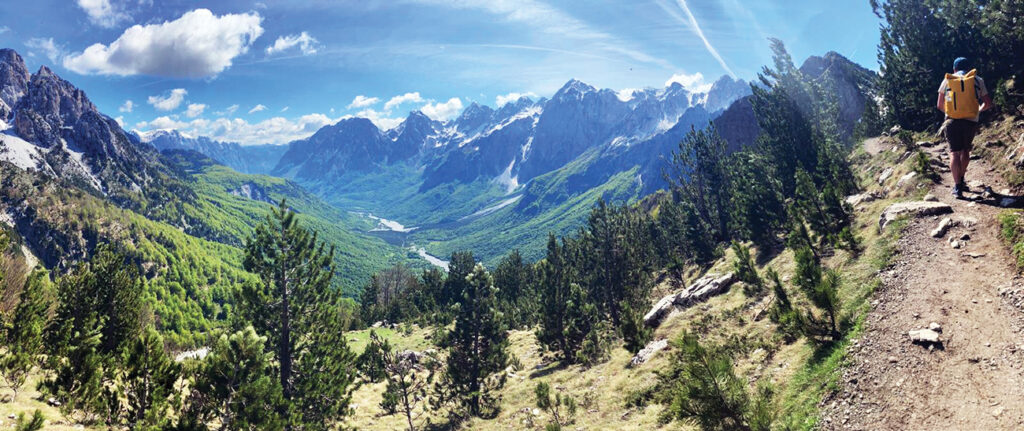
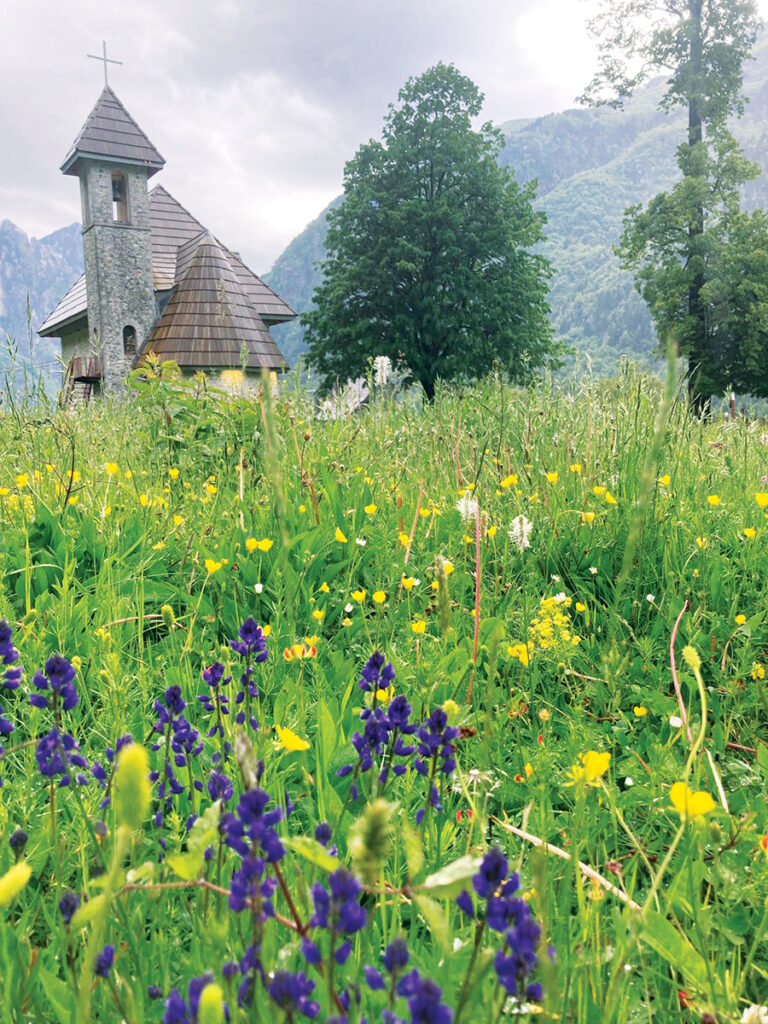
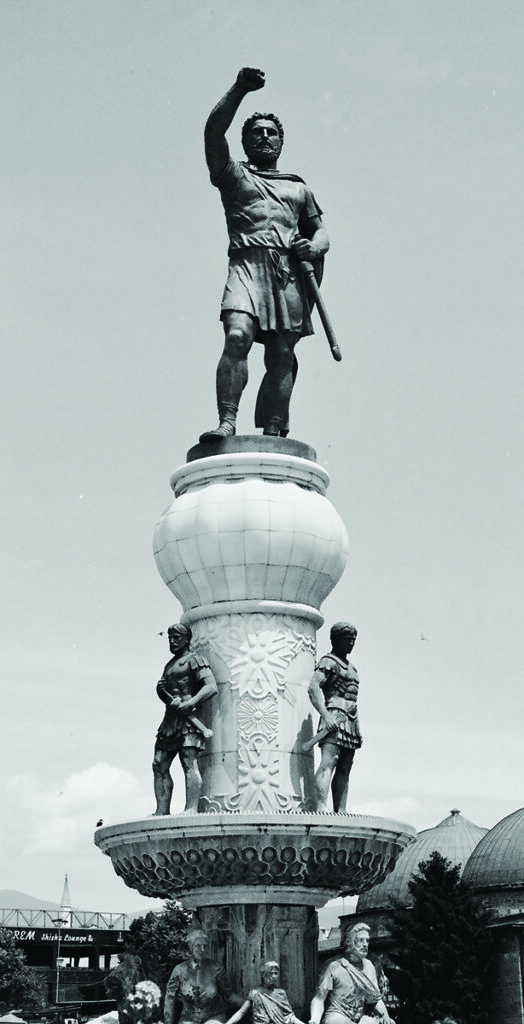
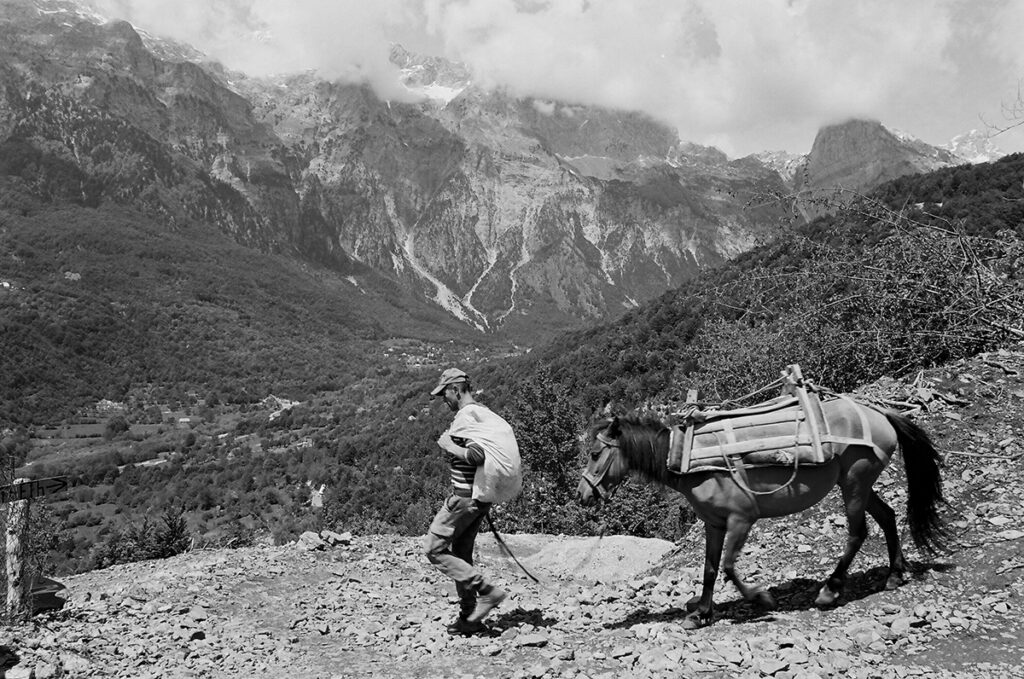
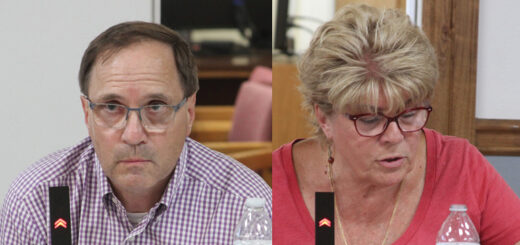
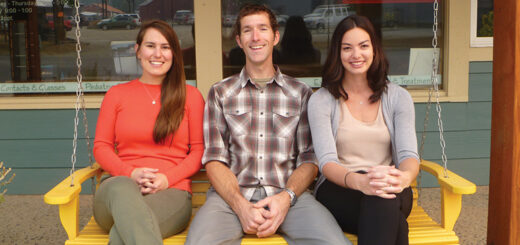




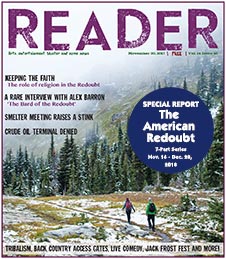
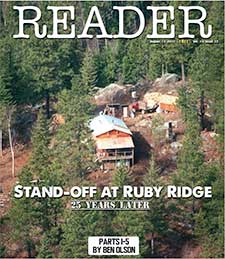


 Coming up this week! Don’t miss Live Music, the Summer Sampler, the Art Party, Monarch Grind, the Sandpoint Renaissance Faire, and more! See the full list of events in the
Coming up this week! Don’t miss Live Music, the Summer Sampler, the Art Party, Monarch Grind, the Sandpoint Renaissance Faire, and more! See the full list of events in the 